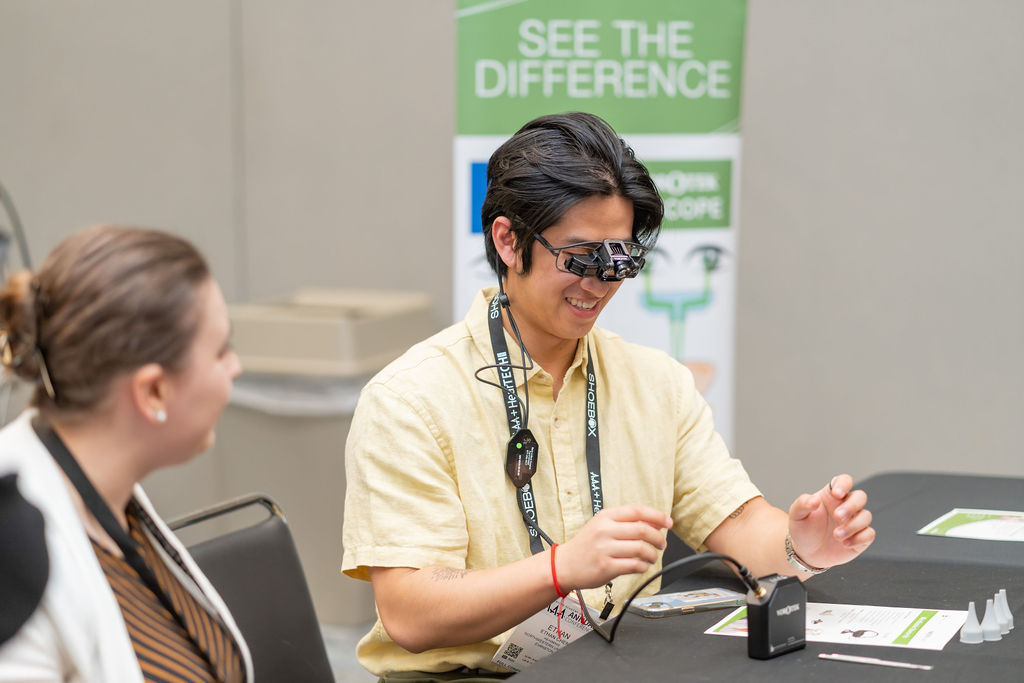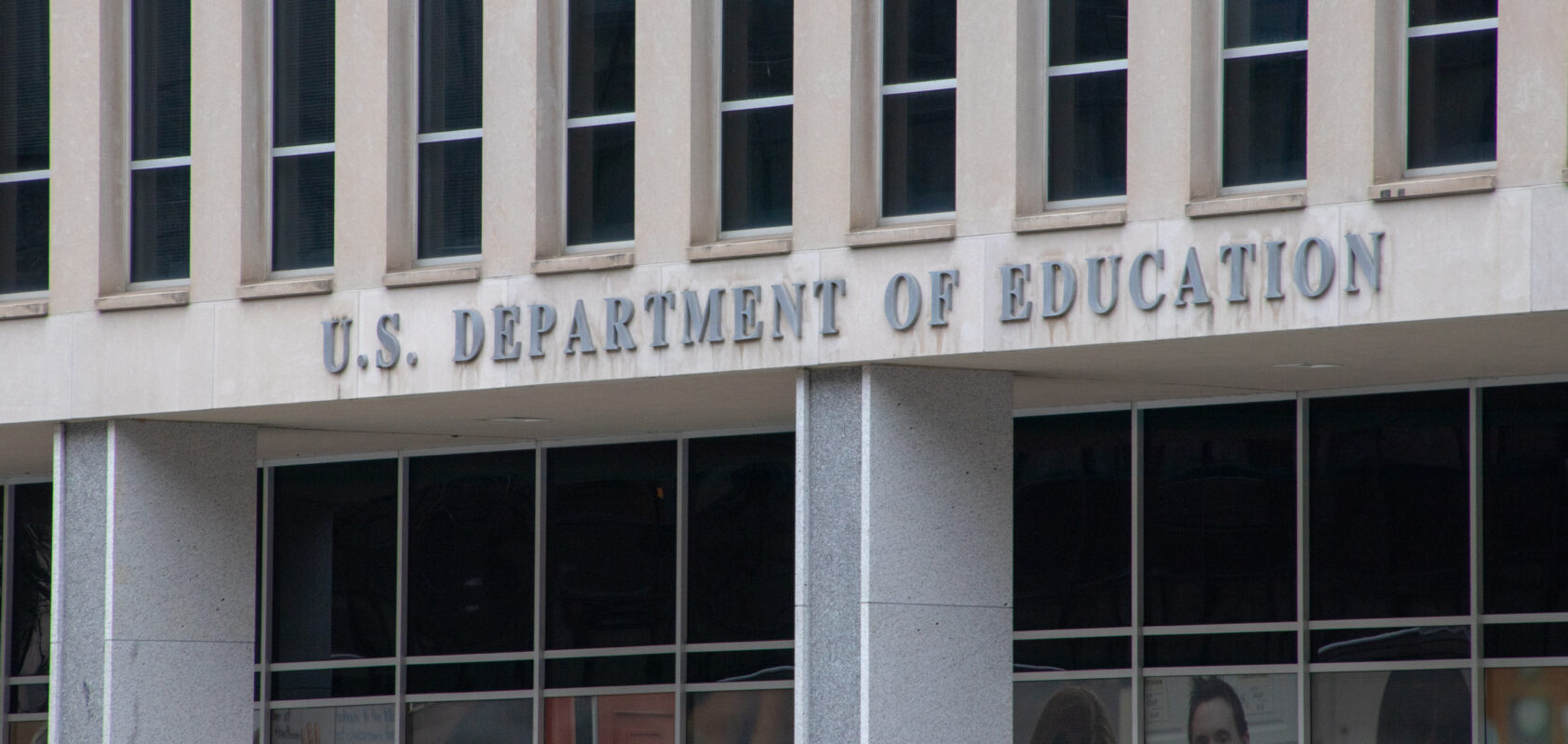With the holidays coming to a close, many parents might be wondering if their children’s new toys are dangerously loud. Previous research revealed that many commercially available toys exceed exposure recommendations, even for short periods of time and when measured from a child’s approximate arm length of 25 cm (Bittel et al, 2008). Unfortunately, many toys can also be placed close to the ear, which increases exposure intensity and risk for hearing damage.
There are many steps parents or caregivers can take to decrease exposure risk. Placing tape over a toy’s speaker is an easy way to reduce sound. If a toy has a volume control, it should be set to the lowest level. Finally, removing a noisy toy’s batteries is also an option. Caregivers should also consider noise levels when deciding which toy to purchase. Many individuals are using readily available phone apps to measure noise level and screen for toys that seem excessively loud. According to the American Society for Testing and Materials (ASTM, 2003), a toy’s sound level should not exceed 90 dB when measured at 25 cm; for ear-level toys, sound should not exceed 70 dB.
Unfortunately, there are few true and enforceable requirements for toy sound levels. Caregivers and individuals purchasing toys must make sure to protect their children’s hearing from dangerously loud toys.
References
American Society for Testing and Materials (2003). Proposed toy sound level requirements. Subcommittee F15.22.
Bittel SN, Freeman BA, Kemker BE (2008). Investigation of toy noise exposure in children, Sem Hear 29(1):10-18.
Reeve R. (2024) ‘Sound can damage hearing.’ Experts say frequent use of noisy toys by children can cause hearing loss. KSTP (accessed January 7, 2025).
Recent Posts
Turn Insight Into Action! Attend Learning Labs at AAA 2026
Ready to take your professional development to the next level? At AAA 2026, Learning Labs are your chance to go beyond lectures and dive into…
Your Support Makes the Difference—Let’s Finish the Year Strong
As we wrap up the year, I want to thank you for your generosity supporting the AAA Foundation’s work. The enclosed report highlights what you…
Audiology Faces New Challenges Under Draft Federal Loan Rule: What Comes Next
Member Action Needed Soon! The U.S. Department of Education’s Advisory Committee has reached consensus on proposed regulations implementing the higher education provisions of the One…


